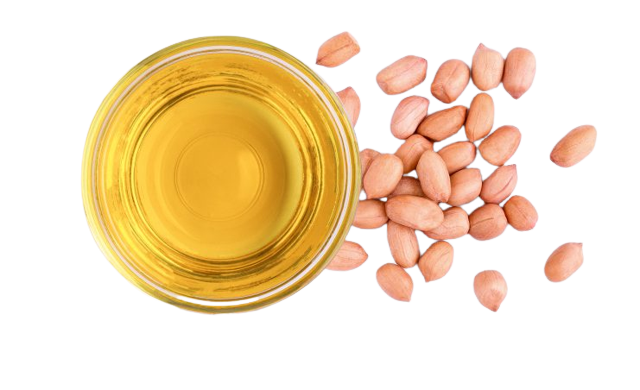Oilseeds are grown primarily for the oil contained in the seeds. Small grains (such as wheat) have an oil content of only 1-2%. Oilseed percentages range from about 20% for soybeans to over 40% for sunflowers and canola. The world's most important sources of edible oil are soybeans, sunflowers, canola, cotton and peanuts.
For industrial use, flaxseed (linseed) and seed oil from castor seeds are used. Edible fats and oils have a similar molecular structure. Edible vegetable oils can be solidified (through a process called hydrogenation) to produce margarines and shortenings. These products supplement or replace animal products (butter, lard, etc.) that are in short supply to meet the needs of a growing world population.
India is significantly reliant on imports to meet its edible oil requirements and is the world's largest importer of vegetable oils (15% share), followed by China and the United States. Palm oil accounts for around 60% of imported edible oils, followed by soybean oil (25%), and sunflower (12%).
India exports oilseeds to USA, UAE, Netherlands, China, Singapore, Australia, Belgium, Germany, Indonesia, Hong Kong, Nepal, Saudi Arabia and Italy.

Origin & Distribution
The principal source of vegetable oils in the country is nine oilseeds, which are mostly farmed under rainfed conditions over an area of around 26 million ha. Among these, soybean (34%), groundnut (27%), rapeseed and mustard (27%) account for more than 88% of total oilseed production and >80% of vegetable oil, with mustard (35%), soybean (23%), and groundnut (25%).
Andhra Pradesh (groundnut) and Gujarat (groundnut), Haryana (Mustard), Karnataka (G.nut), M.P (Soybean), Maharashtra (Soybean), Rajasthan (Mustard & Soybean), Tamil Nadu (G. nut), U.P (Mustard), and West Bengal (Mustard) account for more than 95% of total oilseed production in the country.
In addition to the nine oilseeds, vegetable oil is derived from secondary sources such as cottonseed, rice bran, coconut, Tree Borne Oilseeds (TBOs), and Oil Palm. Oil palm, which is classified as a secondary source of oil, should be included as a major source because it produces the most oil per acre.
Uses
Oilseeds are high in proteins, lipids, carbs, vitamins, minerals, and phytochemicals, making them an excellent functional dietary element. Oilseeds are a highly nutritious food that is high in components that are both medically and physiologically useful. The oil is the primary product extracted from oilseeds. Oilseeds are used to extract oil from seeds and to produce byproducts such as hulls, cakes, meals, salad oils, shortenings, margarine, and cooking oil.
Phytochemicals in oilseeds are classified as useful food elements that can be found in raw or processed form. Oilseed extraction methods used in industry include mechanical pressing, solvent extraction, hydraulic pressing, supercritical fluid, microwave, and ultrasonic extraction. Aside from basic items, several secondary products with high nutritional value are produced.
Key Market Segmentation
Global Oilseeds market is categorised based on : Biotech Trait, Oilseed Type, Breeding Type, Application and Product.
Segmentation based on Product Types -
- Copra
- Cotton Seed
- Grapeseed
- Groundnut/Peanuts
- Linseed/Flaxseed
- Palm Kernel
- Rapeseed
- Safflower
- Soybean Seed
- Sunflower Seed
